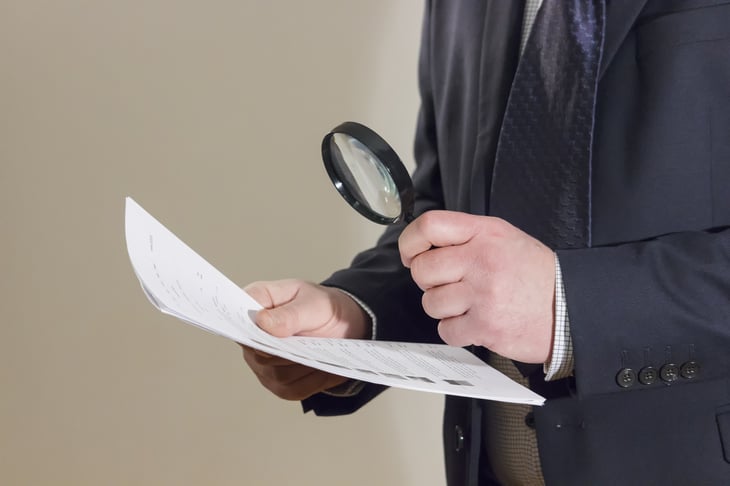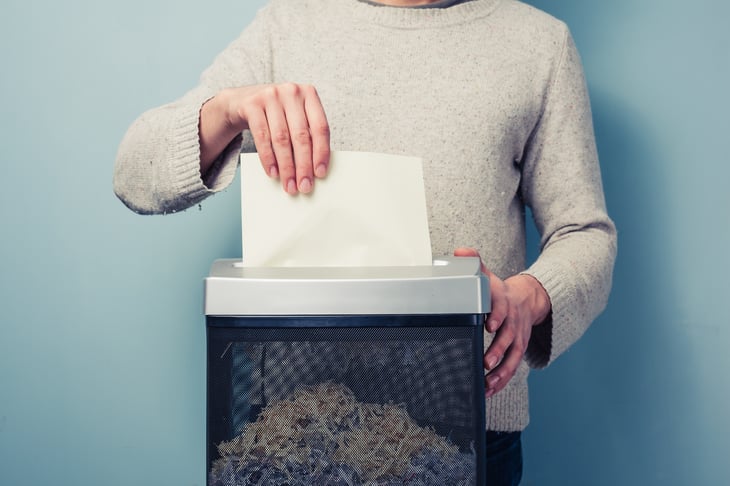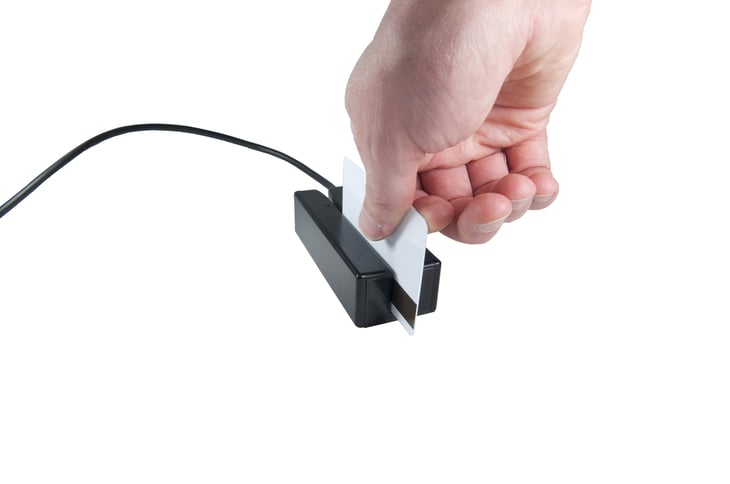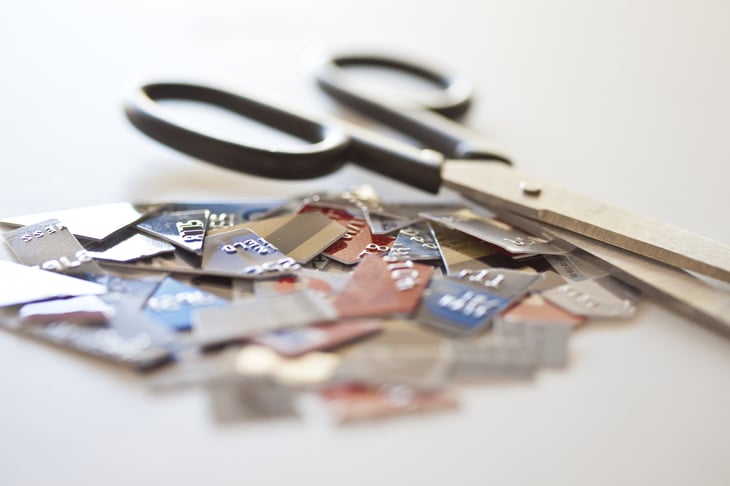
Using credit cards to make purchases has become so routine that it’s easy for consumers to forget they’re at risk of becoming the victims of fraud.
What that means is that someone could use their credit or debit cards or credit account information to obtain money or property without the card holders knowledge.
It happens in various ways. Thieves may obtain your credit card account number, PIN or security code without actually stealing your card. For example, credit card information may be stolen from unsecured websites. Thieves also may attempt to trick you into revealing your credit card information online or over the phone.
While it isn’t always possible to prevent fraud, you can make it harder for thieves. What follows are five simple steps to follow to shut down the most common avenues for credit card fraud.
1. Carefully review billing statements

Rather than simply paying your credit card bills when they arrive, take time each month to review all statements from credit card companies. The statements are summaries of how you use your credit cards during billing periods. If you save your credit card receipts, you can compare them to your monthly statements. If you see a charge for something you don’t remember authorizing, call the card issuer right away.
Besides, credit card companies sometimes make errors. Reviewing your statements routinely is the best way to detect them. Be sure to ask questions about anything you don’t understand on your statements.
2. Use a shredder

It’s a mistake to toss away financial documents you no longer need before they’re shredded. Garbage bins are common places for fraudsters to obtain credit information. If scam artists are able to find one of your discarded credit card statements, they may use it to make purchases or even to steal your identity. Any credit card statements that aren’t stored in a secure location should be destroyed. The Connecticut State Department of Consumer Protection recommends that you keep credit card receipts only until you have checked your monthly transactions against the statements.
3. Closely guard your credit card details

When it comes to sharing credit card information, it pays to be careful. The FBI recommends not giving out credit card numbers online unless the site is secure and reputable. A small icon of a padlock may be used to indicate a higher level of security.
You also need to beware of impersonators. It’s risky to give out any financial information on the phone, through the mail or over the Internet unless you’ve initiated the contact or you’re certain about whom you’re dealing with. If a company sends you an email asking for credit card information, don’t click on any links. Instead, go to the company’s website and contact them through customer service.
4. Beware of skimmers

Technology has given criminals a variety of ways to steal credit card information. They often attach devices called “skimmers” to credit card readers to covertly capture consumers’ data. They then sell the data or use it to make purchases. Consumers may not realize anything is wrong until they get their monthly credit card statements. Skimmers are made to look like they’re a normal part of credit card readers, so they’re often hard to recognize, according to the FTC.
Look for skimmers whenever you use a credit or debit card at ATMs or gas stations. AARP, an advocacy group for people age 50 and older, advises consumers to look for devices mounted over existing credit card readers. Sometimes false keyboards are used to illegally collect data. There even may be a camera mounted nearby to record information you enter into the number pad. If you suspect tampering, see if you can use your card in person with a clerk or attendant or pay cash instead.
5. Destroy old cards

Before you discard credit cards, it’s important to make sure that they can’t be read by people who could steal your credit information. That means cutting cards into small pieces that are difficult to put back together. Crooks often sort through garbage bins and attempt to reassemble credit card pieces.
Cutting a card in half or in quarters isn’t enough to prevent credit card fraud. Make sure no one can read your name, account number, signature or security code. If your card is equipped with a chip, make sure you’ve cut through it before you throw the card away. AARP says you can disable a card’s magnetic strip by cutting it lengthwise or rubbing the strip against a magnet.
Have you ever been victim of credit card fraud? Share with us in comments below or on our Facebook page.




Add a Comment
Our Policy: We welcome relevant and respectful comments in order to foster healthy and informative discussions. All other comments may be removed. Comments with links are automatically held for moderation.